Reptiles Amphibians
How often does a lizard eat
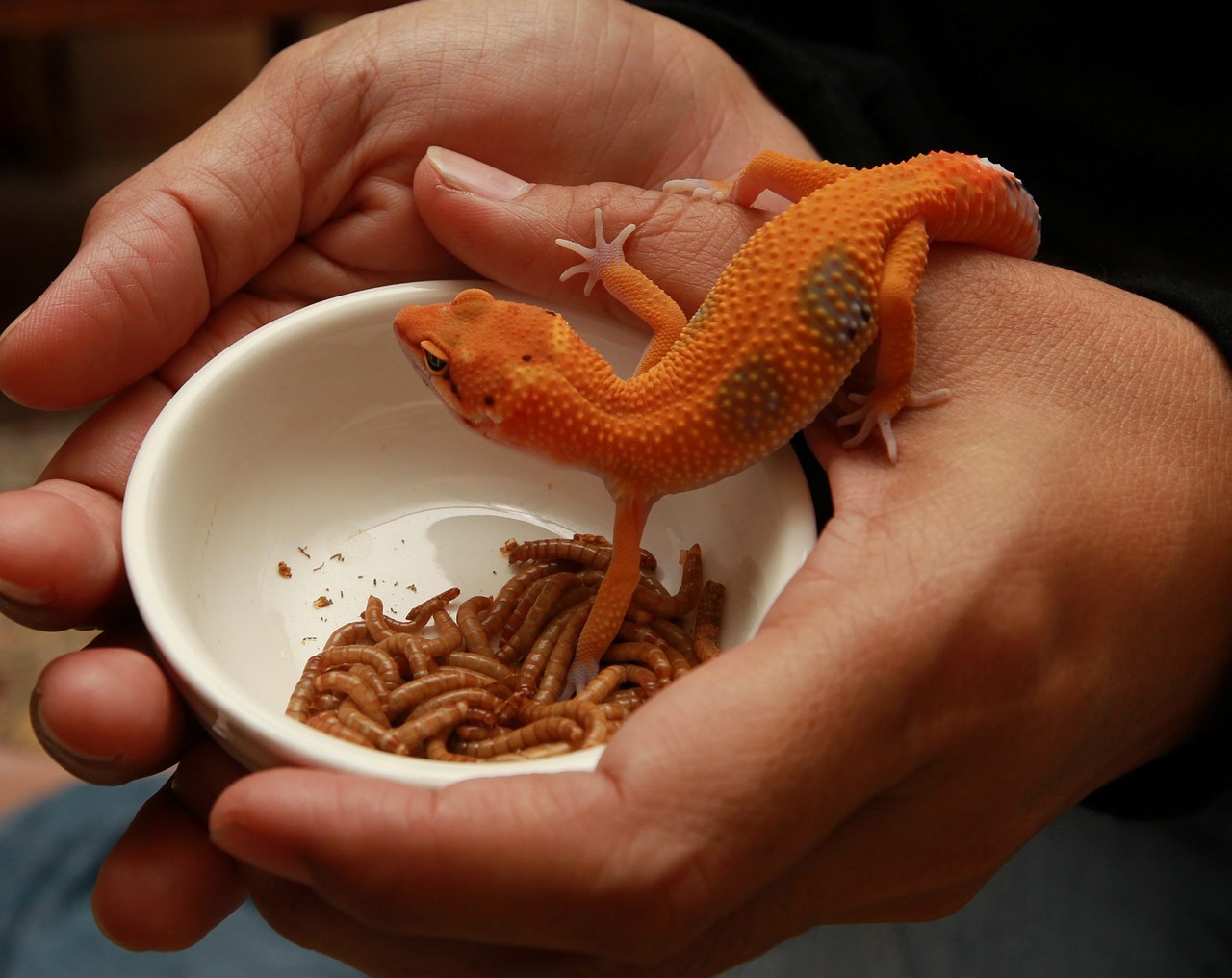
Are you wondering how often lizards need to eat to stay healthy? The answer to this question varies depending on the type of lizard, but there are a few general guidelines that can be followed when it comes to feeding your pet lizard. In this blog post, we will discuss how often lizards need to eat and what types of food are best for them. From the frequency of feeding to the types of food, this post will give you all the information you need to ensure your lizard is getting the nutrition it needs.
The frequency of a lizard’s meals depends on its size
Baby lizards need to eat more frequently than adults as they are still growing and developing. Depending on the species, young lizards may need to be fed every day or several times a week. As they mature, their digestive system slows down and they require fewer meals.
Adult lizards generally require two to three meals a week, although larger species may need to eat more often. Insect-eating lizards need a variety of insects, while herbivorous lizards require a range of fruits, vegetables, and other plant matter.
Some lizards can go without food for long periods, such as during hibernation or droughts. They can do this because they store fat in their tails and bodies that provide them with sustenance when food is scarce.
A sick or injured lizard may not have an appetite, so it is important to ensure that it is receiving adequate nutrition by providing it with the appropriate diet for its species. If your lizard is not eating normally, consult your veterinarian for advice on how to help it recover.
A baby lizard needs to eat more frequently than an adult
For baby lizards, the stomach is still developing and they require more frequent meals to ensure they are getting all the necessary nutrients. Generally speaking, a baby lizard should be fed small portions of food every day. However, the exact number of meals depends on the size and type of lizard you have. Smaller species of lizards may need to eat two to three times a day, while larger species may only need one meal per day. When it comes to what to feed them, most lizards eat a variety of insects such as crickets, worms, and mealworms. Fruits and vegetables can also make up a portion of their diet, and some lizards even enjoy an occasional treat like mealworms or waxworms.
When compared to a baby lizard, adult lizards require fewer meals since they have already developed their stomachs. While they do still require a healthy and balanced diet, adults usually only need to be fed once or twice a week. That said, the number of meals will depend on the individual lizard’s activity level and size. As with baby lizards, the best foods for adult lizards include insects, fruits, vegetables, and treats.
It’s important to remember that when feeding lizards, it is best to provide smaller portions rather than large amounts of food. Overfeeding can lead to health problems down the line, so it’s important to monitor the amount and frequency of their meals. By following these guidelines, you can make sure your pet lizard is receiving all the necessary nutrients they need to stay healthy!
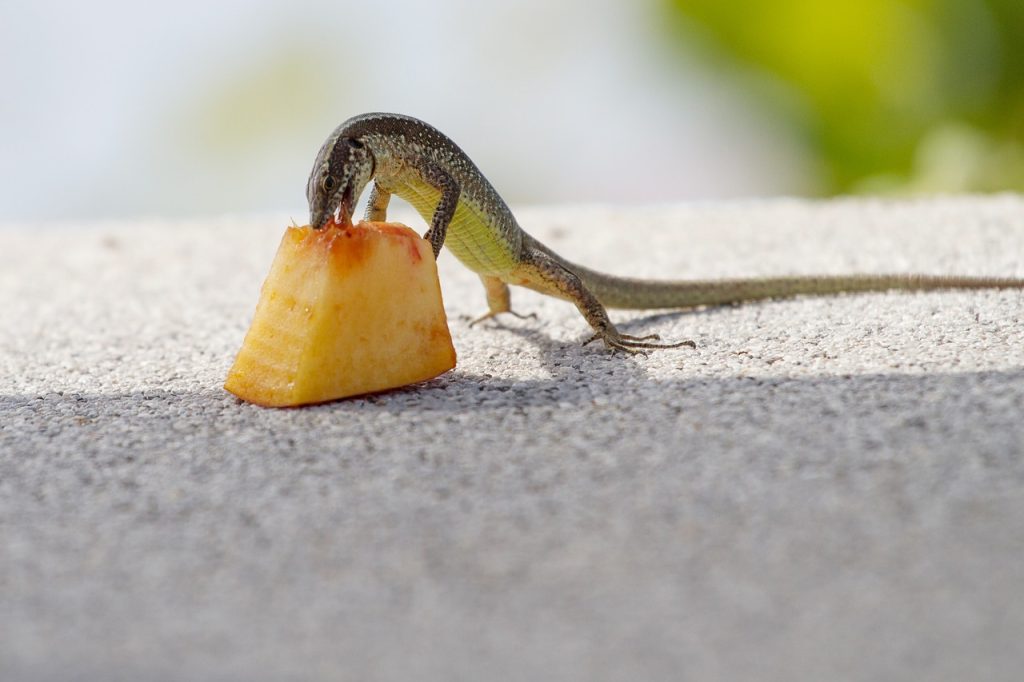
Some lizards can go without food for long periods
Depending on the species, some lizards can go for several weeks or even months without food. For instance, desert lizards such as leopard geckos, bearded dragons, and collared lizards can go for weeks without food. They are adept at storing fat and can sustain themselves during periods of scarce food availability. Other species of lizards such as iguanas and skinks may not be able to go as long without food due to their higher activity levels and need for more energy. In general, these types of lizards should be fed daily to ensure that they stay healthy.
For any species, it is important to keep a close eye on your lizard to ensure that it is getting enough nutrition. A sudden lack of appetite could be a sign of illness or injury and should be addressed immediately by a qualified veterinarian.
A sick or injured lizard may not have an appetite
Lizards, like other animals, can get sick or injured, which can affect their ability to eat. If a lizard is sick or injured, it may not have an appetite and may need to be force-fed by its owner or vet to get the nutrition they need. Force-feeding a lizard is a delicate process that should only be done by someone experienced in caring for reptiles, so it’s important to make sure you seek professional advice if your lizard isn’t eating. Additionally, it’s important to provide a warm and safe environment for your lizard while they are healing. This includes giving them the right temperature, humidity, and substrate to rest on. By providing the right care and nutrition, you can help your lizard make a full recovery.
Read Also :
Myths about lizards
Can reptiles feel love?
Reptiles Amphibians
Exploring the Diverse Rattlesnake Habitats

Rattlesnake habitats are some of the most diverse and unique places on the planet. With species ranging from the desert Southwest to tropical forests, these creatures have adapted to a variety of climates and terrains. In this blog post, we will explore the different types of rattlesnake habitats around the world and the amazing adaptations that make these creatures successful in their environments. Get ready to learn about the amazing diversity of rattlesnake habitats!
The Mojave Desert
The Mojave Desert is a harsh and unforgiving environment, but it is also home to some of the most fascinating rattlesnake species. One such species is the western diamondback rattlesnake, which is the most common and well-known rattlesnake in the Mojave Desert. These snakes are often found in rocky areas or among cactus and mesquite bushes.
Another rattlesnake species that call the Mojave Desert home is the canebrake rattlesnake. They are known to inhabit the eastern side of the desert, and their range stretches from southern Utah down to western Arizona. Canebrake rattlesnakes prefer rocky and hilly terrain, where they can blend in with the surroundings and hunt for prey.
The timber rattlesnake also has some habitats in the Mojave Desert, though they are not as commonly found here as in other regions. They prefer areas with rocky outcroppings and can often be found near water sources. However, due to habitat loss and human encroachment, timber rattlesnake populations are declining in many areas of the country.
Overall, the Mojave Desert provides a diverse range of habitats for various rattlesnake species. These snakes have adapted to survive in extreme environments and are an integral part of the desert’s ecosystem. While they may pose a danger to humans, it is important to respect their habitat and understand their importance in the natural world.
The Sonoran Desert
The Sonoran Desert is one of North America’s most biologically diverse deserts. It spans areas of California, Arizona, and Mexico. This desert is home to a variety of rattlesnake species, including the canebrake rattlesnake, timber rattlesnake, and western diamondback rattlesnake.
Canebrake rattlesnakes, also known as western rattlesnakes, have a range that stretches from California to Texas. They are found in a variety of habitats, including grasslands, chaparral, and even forests. Their preferred habitat is in areas with an abundance of prey, such as rodents and small mammals.
Timber rattlesnakes, also known as canebrake rattlesnakes, are found in the eastern part of the United States. They prefer to live in wooded areas and are known for their impressive size and strength. Their preferred habitat is in rocky outcroppings, ledges, and boulder fields.
The western diamondback rattlesnake is one of the most common rattlesnake species found in the Sonoran Desert. They are found in a variety of habitats, including deserts, grasslands, and rocky hillsides. Their preferred habitat is in areas with cover, such as creosote bush and mesquite thickets.
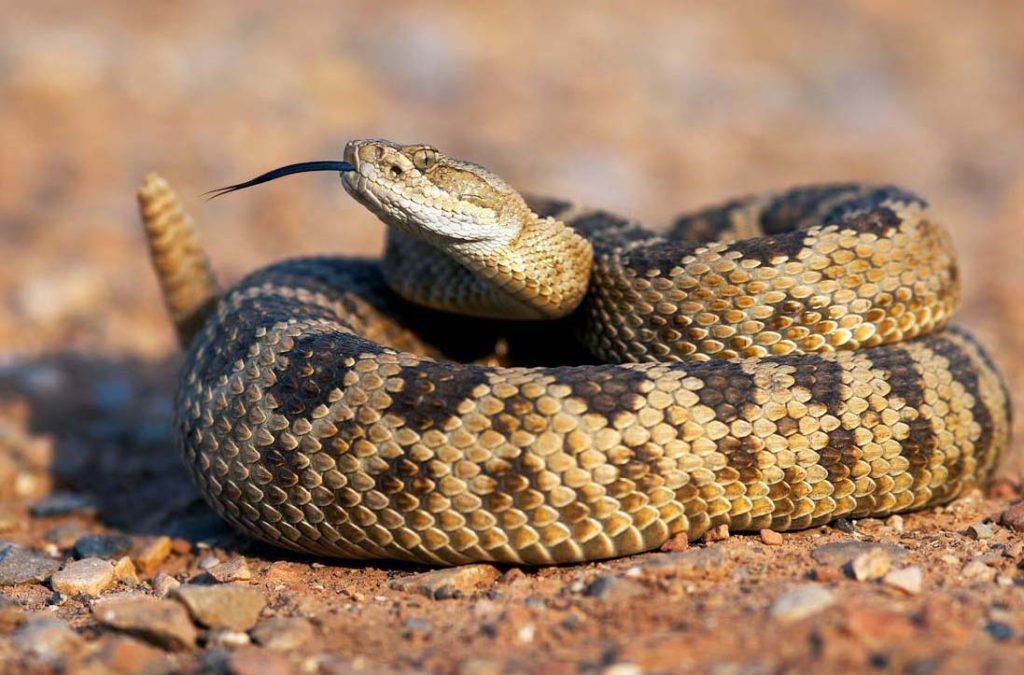
The Great Basin Desert
Located in the western United States, the Great Basin Desert is a vast region that spans parts of California, Nevada, Utah, and Oregon. While it may be known for its breathtaking landscapes and unique geological formations, it is also home to a variety of rattlesnake species, including the western diamondback rattlesnake and the timber rattlesnake.
The western diamondback rattlesnake is found throughout the western portion of the Great Basin Desert. This species is well-known for its distinctive diamond-shaped patterns on its back, which provide it with excellent camouflage in its habitat. It prefers to inhabit rocky outcroppings and desert washes, where it can easily hunt small prey such as rodents and lizards.
On the other hand, the timber rattlesnake habitats can be found in the more forested areas of the Great Basin Desert, particularly in Nevada. These rattlesnakes prefer wooded areas, where they can easily climb trees to bask in the sun or hunt for prey. They are known for their large size and distinctive rattles, which they use to warn predators and humans of their presence.
Finally, the canebrake rattlesnake range can also be found in parts of the Great Basin Desert, particularly in Utah and Nevada. This species is often found near water sources such as springs, creeks, and marshes. It is known for its striking coloration and large size, which can reach up to six feet in length.
Overall, the Great Basin Desert provides a unique habitat for a variety of rattlesnake species, each with its unique adaptations and behaviors. Whether you’re exploring the rocky outcroppings or the forested areas, be sure to keep an eye out for these fascinating creatures.
The Chihuahuan Desert
Located in the southwestern region of the United States and extending into Mexico, the Chihuahuan Desert is home to various rattlesnake species, each with its unique habitat requirements.
The western diamondback rattlesnake is one of the most commonly found in the Chihuahuan Desert. This species can be found in a range of habitats, from rocky hillsides to grasslands and even suburban areas. They are known for their distinctive diamond-shaped pattern along their backs and their venomous bite.
Another rattlesnake species found in the Chihuahuan Desert is the canebrake rattlesnake. This species prefers wooded areas, specifically those with dense understory vegetation, such as thickets of cane or shrubs. They are also known to inhabit wetlands and swamps, and their range extends across much of the southeastern United States.
The timber rattlesnake, a species known for its long, timber-like appearance, can also be found in parts of the Chihuahuan Desert. However, their preferred habitats are typically in deciduous forests or near rocky outcroppings, rather than in the desert.
Overall, the Chihuahuan Desert is a diverse habitat for rattlesnake species, with each species having its unique requirements for survival. As with all wildlife, it’s important to be aware of these habitats and respect the animals that call them home.
Read Also :
The Mysterious Morphology of Snakes
Does your snake act strangely around humans? Here’s what might be going on
Reptiles Amphibians
Does your snake act strangely around humans? Here’s what might be going on

Do you have a snake? Do you wonder why it acts strangely around you? Don’t worry! That could be normal behavior! Here’s how to read your snake’s body language to figure out exactly what he or she might be thinking and feeling…
Reasons snakes behave differently around humans
They’ve stressed: Snakes do stress out when you walk into their enclosure unannounced and approach them without warning. They don’t know if you’re a threat, so they will either try to hide from you (which could lead to biting) or lash out at you in defense—and snakes’ first line of defense is always to bite first and ask questions later! Some species are more defensive than others, so it’s always important to look up information about a specific breed before visiting an owner’s home, especially if young children are present. Reptiles also have excellent memories, so if they remember something stressful happening while they were in a certain place with a certain person, they may still feel anxious or threatened when someone returns even after several months have passed.
They’re too hot or cold: Just like people, reptiles can overheat or get frostbite just as easily as they can become hypothermic. This happens most often during winter months but can happen year-round depending on how warm/cold your house is kept. If you’ve been outside all day in freezing temperatures and come inside to find that your reptile has been left alone all day without proper heating, there’s a good chance he’ll be cranky upon seeing you! The same goes for leaving him outside during summer heat waves without access to shade and fresh water; he’ll likely want nothing to do with you once he gets back inside. Temperature regulation is one of your biggest responsibilities when it comes to keeping your pet healthy and happy.

They’re hungry: Snakes are carnivores by nature, so if they haven’t eaten in a while (like overnight), chances are pretty good that their blood sugar will be low when you walk into their enclosure. When an animal’s blood sugar drops too low, it becomes irritable—and if its natural reaction isn’t to flee from danger but rather lash out at whatever startled it, then we have a problem! Hungry snakes may also try to eat anything near them when approached by someone holding food (including hands!), so if yours has ever bitten you before while feeding him, consider using tongs instead of fingers next time.
They’re not feeling well: Just like us, reptiles can get sick and catch diseases just as easily as they can get colds and flu. If you notice any changes in your pet’s behavior or appetite, take him to see his vet immediately. If he does have something wrong with him, then giving him time and space for his body to fight off infection is much more humane than forcing interaction upon a sick animal who doesn’t feel well enough for human interaction yet.
Read Also:
Caring for Pet Snake
Reasons Why Buying Reptiles Can Change Your Life
Reptiles Amphibians
Who Uses Snake Repellers
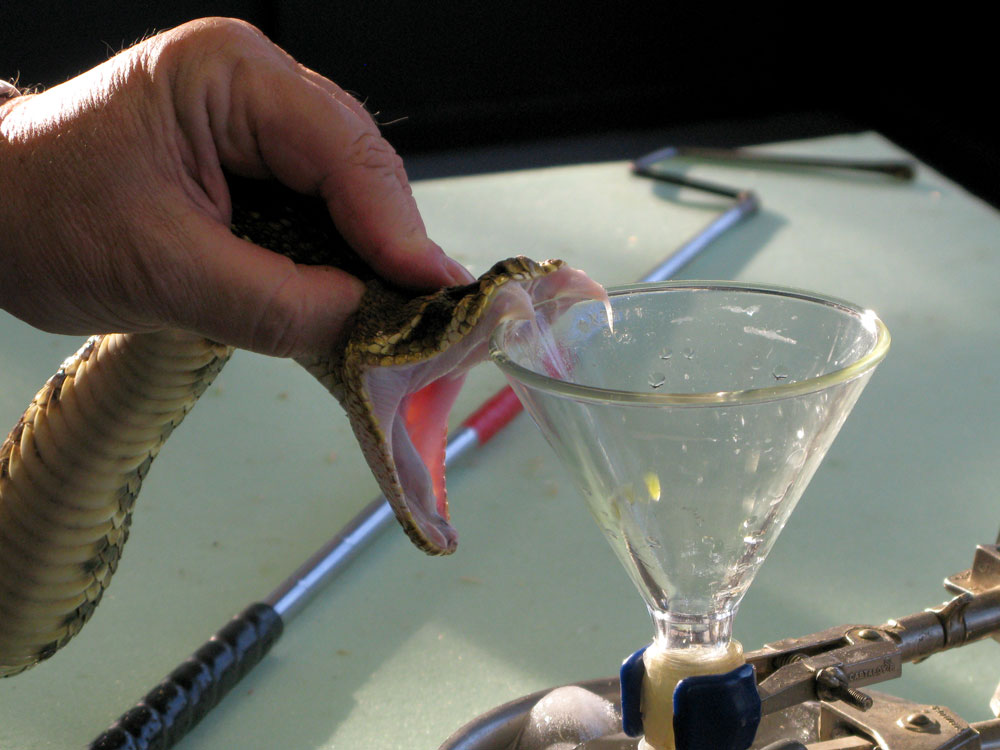
Snakes can be a frightening presence in your yard or garden, but luckily there are ways to keep them at bay. Snake repellers are a popular and effective way to deter snakes from entering your property. But who uses snake repellers? In this blog post, we’ll discuss why people use snake repellers and how they work.
People who have a fear of snakes
The use of snake repellers can provide a sense of security to those who suffer from ophidiophobia, or the fear of snakes. For these individuals, it is important to have a way to avoid any potential danger that could arise from an encounter with a snake. By using a snake repeller, they can repel any nearby snakes and keep them away from their property. The device works by emitting an ultrasonic sound that irritates the snake’s auditory system, driving it away. In addition, the light on the repeller may also help scare off the snake. With a snake repeller, those who have a fear of snakes can sleep easier at night knowing that they are protected from any potential danger.
People who live in areas with a lot of snakes
If you live in an area that is home to a large number of snakes, you may be considering a snake repeller. This is especially true if you have children or pets, or if you spend a lot of time outdoors.
A snake repeller works by sending out sonic vibrations or ultrasonic waves that snakes find uncomfortable. This can deter them from entering your yard and give you peace of mind that your family, friends, and pets will be safe.
The key to using a snake repeller successfully is making sure you are using the right one for the type of snakes that are in your area. Different types of snakes may respond differently to different frequencies and intensities of vibration, so it is important to do some research and make sure you are getting a product that will be effective in your area.
It is also important to position the device correctly, as some may need to be mounted on poles while others can be laid directly on the ground. Additionally, most snake repellers need to be replaced at least every two years, depending on their battery life and usage.
By investing in a good quality snake repeller, you can rest assured that your home and yard will be protected from unwanted visitors.
People who want to keep snakes away from their property
Snakes can be frightening and dangerous, and many people want to keep them away from their property. Several methods can be used to repel snakes, including snake repellers. Snake repellers are designed to create a sound or vibration that will make snakes feel uncomfortable and move away from the area. They can be placed around the perimeter of a property to keep snakes out and away from the house, garden, and other areas. Many snake repellers also come with an LED light that flashes when the device is activated. This can help to further scare off any snakes in the vicinity. It’s important to understand that snake repellers are not a permanent solution for keeping snakes away from your property, but they can provide a short-term deterrent.
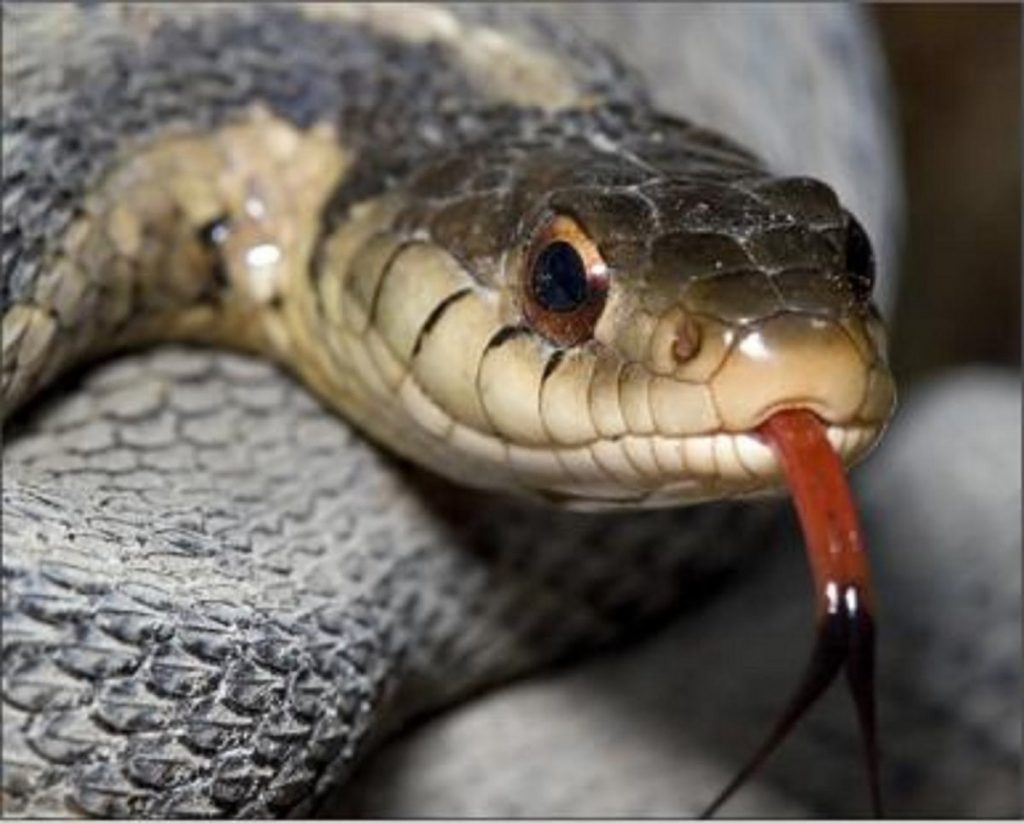
People who work in professions that involve handling snakes
Snake handlers are an important group of people who use snake repellers. These professionals are typically responsible for collecting, transporting, and relocating snakes from one location to another. Snake handlers also use snake repellers to deter snakes from entering certain areas or structures, including residential and commercial buildings.
Snakes can be dangerous and unpredictable, making them difficult to handle. That’s why snake handlers must be highly trained and experienced to handle them safely and effectively. Snake repellers provide an additional layer of protection, helping snake handlers maintain a safe distance between themselves and the snakes they’re handling.
Snake handlers also use snake repellers to keep their workplace safe. When they’re out in the field, they rely on these devices to help keep snakes away from their equipment, vehicles, and other supplies. This allows them to work with more confidence knowing that they have taken the necessary steps to protect themselves and those around them.
In addition to snake handlers, many animal control companies also use snake repellers to help keep snakes away from residential and commercial properties. This is especially important for properties located in areas with a high number of snakes. By using snake repellers, these companies can help keep people safe from potential snake encounters and protect the property from any damage caused by the presence of snakes.
People who study snakes
If you have a passion for reptiles, then studying snakes might be the career path for you. As a snake biologist or herpetologist, you’ll be researching the behavior and physiology of snakes in the wild. You’ll be in charge of developing and managing snake conservation plans as well as trying to discover more about these fascinating creatures.
A snake biologist can work on several projects from studying how climate change is affecting snake populations to determining the best ways to manage invasive species of snakes. You may also study snake behavior and how they interact with their environment. You may also work on reintroducing native species of snakes that are struggling due to habitat destruction.
Snake biologists typically work in labs or the field doing research and collecting data. They often use specialized equipment and techniques to observe and measure snakes. This type of research is necessary to help protect and manage snake populations.
Studying snakes is an exciting and rewarding career for those who have a passion for reptiles and want to make a difference in the world. It’s important to remember that safety is always a priority when dealing with snakes and it’s essential to use proper safety gear. With the right training and knowledge, anyone can become a successful snake biologist.
Read Also :
Reasons Why Buying Reptiles Can Change Your Life
The Mysterious Morphology of Snakes
Caring for Pet Snake
Trending

 Cats1 year ago
Cats1 year agoDon’t Feed Your Cat These 8 Foods!

 Cats11 months ago
Cats11 months agoWhy Do Cats Spray and How Can You Stop Them? Insights into Urine Spraying in Male Cats

 Cats10 months ago
Cats10 months agoThe Ins and Outs of Cat Sterilization: Removing the Female’s Ovaries

 Cats10 months ago
Cats10 months agoPre-Vaccination Prep: Getting Your Cat Ready

 Cats9 months ago
Cats9 months agoWhy Kittens are Born Dead or Deformed

 Dogs2 years ago
Dogs2 years agoSo You’re Thinking About Getting a Poodle

 Dogs10 months ago
Dogs10 months agoWhat to Do With Your Dog’s Body After Death: A Guide for Pet Owners

 Cats9 months ago
Cats9 months agoSigns of Cat Pregnancy Week by Week

















